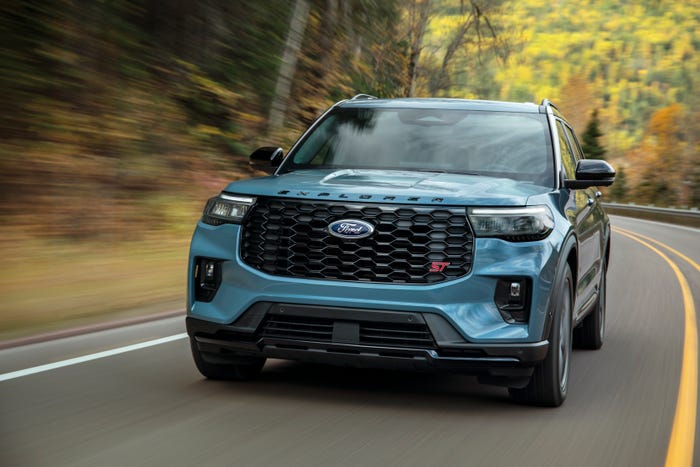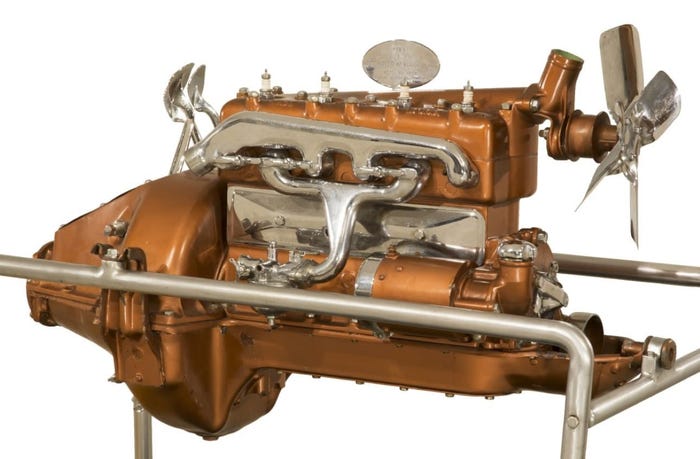thumbnail
Test Drives & New Vehicles
Advancing the ExplorerAdvancing the Explorer
For 2025 Ford goes well beyond the usual midcycle refresh for one of the most important vehicles in its lineup in a category where the competitors are getting ever better.
Subscribe to a WardsAuto newsletter today!
Get the latest automotive news delivered daily or weekly. With 5 newsletters to choose from, each curated by our Editors, you can decide what matters to you most.











.png?width=300&auto=webp&quality=80&disable=upscale)








.jpg?width=300&auto=webp&quality=80&disable=upscale)


.jpg?width=300&auto=webp&quality=80&disable=upscale)




.jpg?width=300&auto=webp&quality=80&disable=upscale)

_0.jpg?width=300&auto=webp&quality=80&disable=upscale)








_(2).jpg?width=700&auto=webp&quality=80&disable=upscale)


